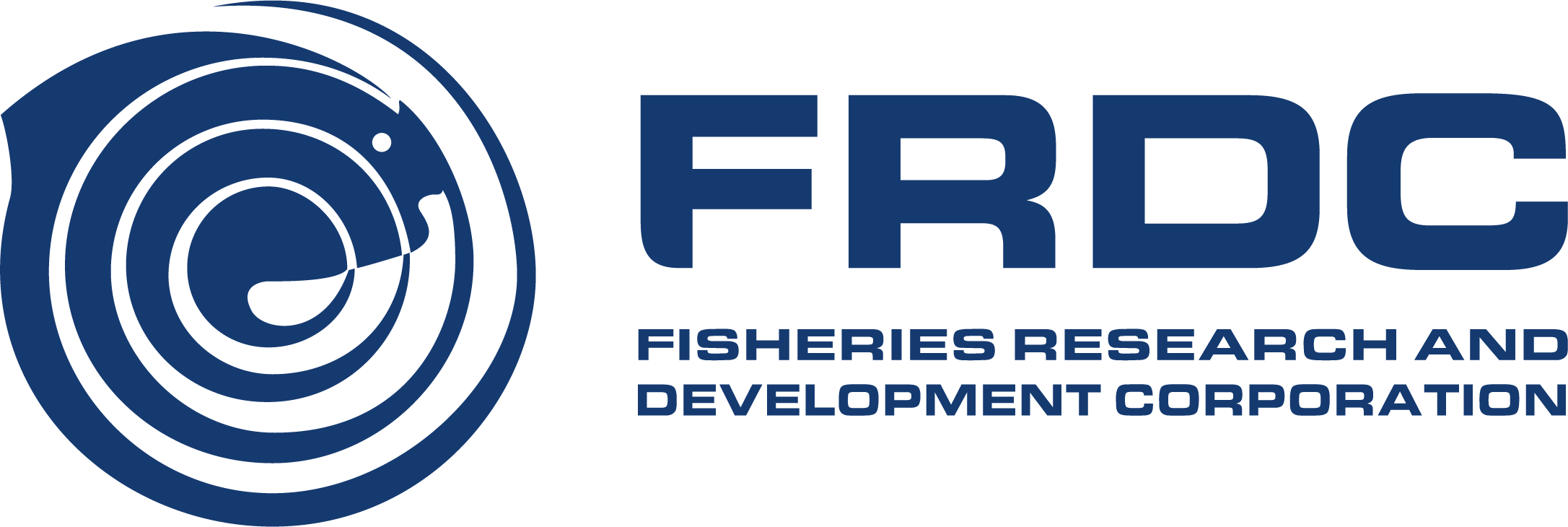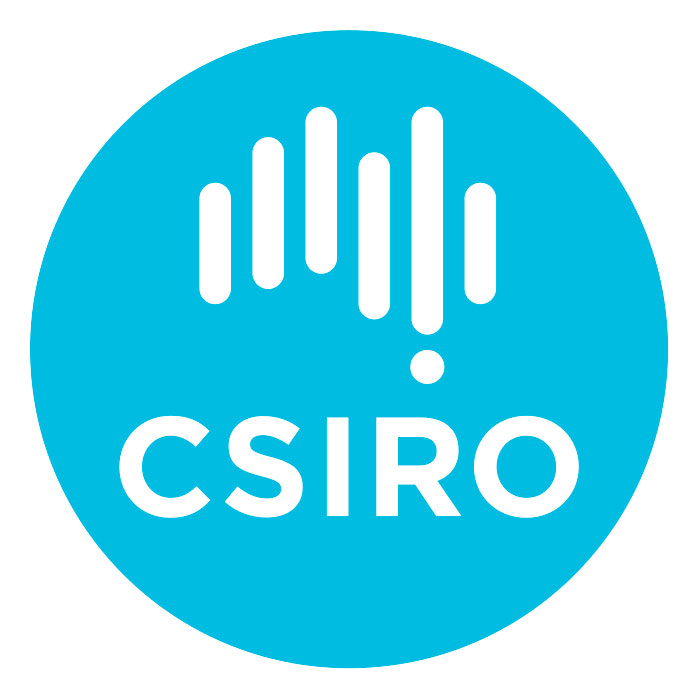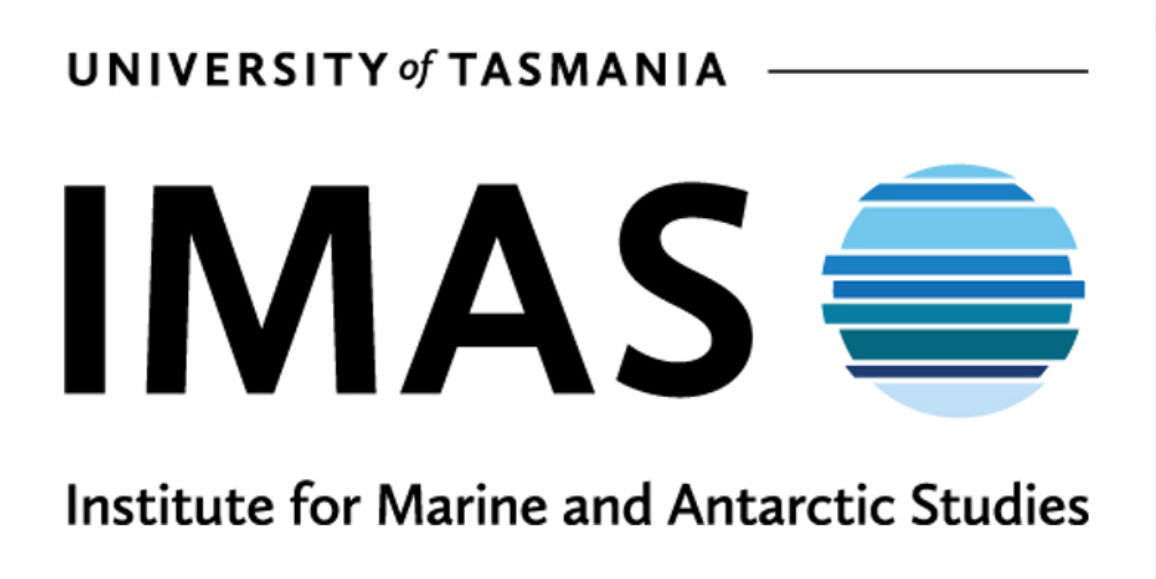The Tasmanian Atlantic Salmon industry has developed and expanded consistently since the 1990s. However, the options for industry expansion are constrained by the limited availability of inshore farming sites, community concerns and overlap with other activities in inshore coastal areas.
In 2016, an IMAS-led report reviewed existing and emerging options for industry expansion, and developed a decision support framework for evaluating these options. The report concluded that any farming growth on Tasmania’s coastline would need to address and ideally reduce environmental impacts if industry is to have broad community acceptance of its operations through social license (SLO) in the state’s waters.
The report also identified a need for industry to focus on alternative technologies that are more sustainable. This includes technology that enables expansion into higher-energy offshore areas and land-based closed-containment recirculating aquaculture farm systems, which are achievable but not yet established as commercially viable.
Industry growth will also require significant financial resources and involve Atlantic salmon companies finding solutions to amoebic gill disease (AGD). Expansion will also be underpinned by retention of biosecurity legislation, brand equity and reducing the cost of production.
PLANNING FOR A BLUE FUTURE
The Planning for a Blue Future global salmon conference in 2017 explored how the Tasmanian Atlantic Salmon industry could grow production safely and sustainably over the next two decades. The conference looked at growth through environmental planning, monitoring and regulation, biosecurity status, risk and planning, new technologies and innovative farming methods.
Two overarching themes emerged from plenary discussions:
- the need to restore and improve social acceptability and community engagement
- the need for more robust multiple use planning and management.
The future farming sessions explored the underlying drivers for adopting three technologies to potentially mitigate the environmental impact of nutrient enrichment:
- offshore high energy farming
- land-based/recirculating aquaculture systems (RAS)
- integrated multi-trophic aquaculture (IMTA).
THE BLUE ECONOMY CRC
The Blue Economy CRC is a major research collaboration hosted by the University of Tasmania. This CRC will directly address the research needs that will support the Atlantic Salmon Industry to expand into offshore (deeper and high-energy) waters.
It considers not only the infrastructure and logistical needs of operating offshore, but also the planning and production and how it may need to be modified for offshore conditions, especially in the context of ensuring sustainability and healthy ecosystems. For example, it is looking to new opportunities to partner with renewable energy on multi-purpose platforms.



